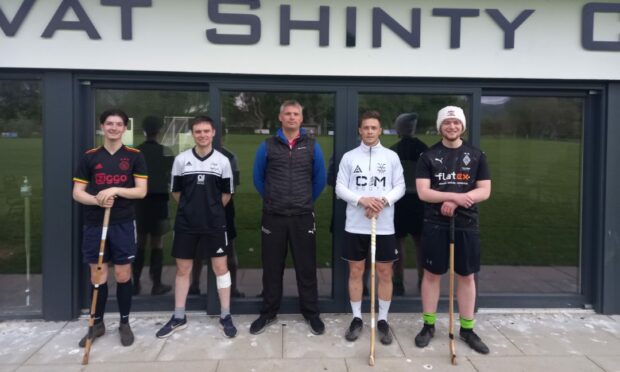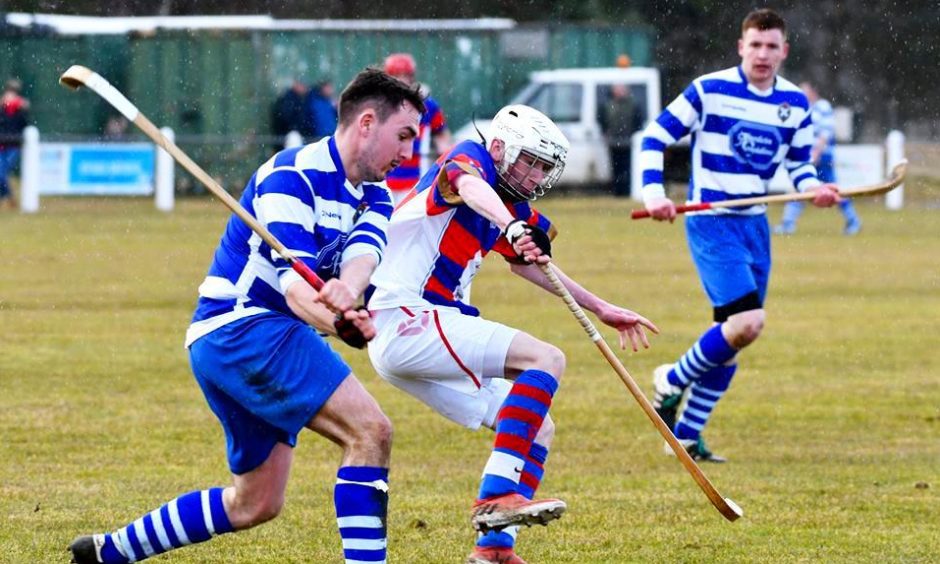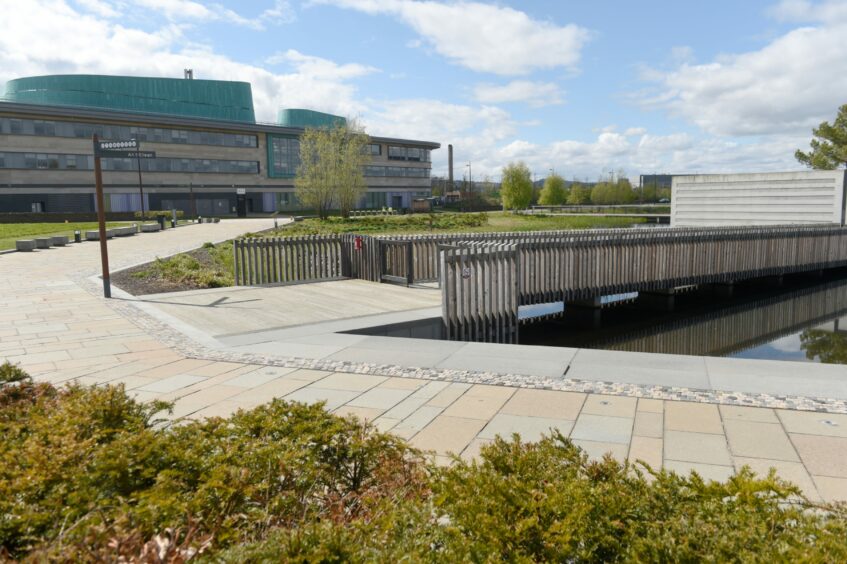Highland shinty clubs are taking part in a new study to identify the needs of players to compete at the top of their game.
UHI Inverness sports lecturer Jed McKernie is working with local teams in Beauly, Glenurquhart and Lovat to carry out a training needs analysis to inform best practice in training.
The research forms part of a new study, titled “The science of shinty: a needs analysis and training considerations”.
The project is being carried out as part of UHI’s Masters by Research in Exercise Physiology, Training and Nutrition programme and will take two years to complete.
Data from fitness tests and GPS tracking will be collected from players throughout training sessions and competitive league matches over the next six months.
Speaking about the Mr McKernie, said: “This is a fantastic way for UHI Inverness to support our shinty community, as traditionally teams have had to rely on research from other sports to inform their training.
“It’s going to be hugely beneficial for teams looking to improve their squads, but also players in all divisions by giving them a base upon which to compare themselves against elite players and the tools and know-how to compete at international level.
“We’ll be carrying out fitness tests, looking at things like speed, how quickly players can change direction and the general physical requirements of the sport.
“We’ll also be working with Lovat to track players using GPS technology so we can analyse pitch activity during a competitive match.”
Driving development in shinty
The project founders say the study further strengthens the relationship between UHI and the sports’ governing body, the Camanachd Association.
Last year the two organisations signed a memorandum of understanding to work together to explore opportunities around volunteering, work experience, education, and training, coaching and community awareness.
Derek Kerr, Camanachd Association chief executive, said the study will help players and their respective clubs “track their progress and drive development” moving forward.
“We are delighted to once again be working in partnership with UHI,” he said.
“On this occasion the project will deliver reliable, cutting-edge data for all shinty clubs and will be a great tool to track progress and drive development within our sport.
“Furthermore, we are aware that one of our clubs, inspired by this project, has moved forward with GPS technology independent of the project.
“It is clear that the impacts of this fascinating piece of work are already being felt even before the conclusion of the project.”












